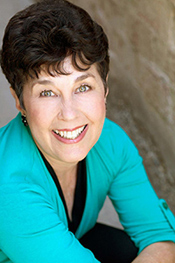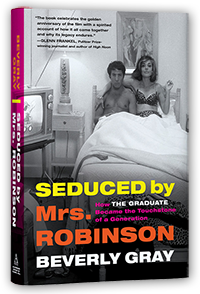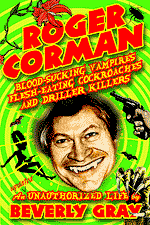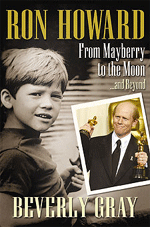In the back pages of the Los Angeles Times, I just came
across a funeral notice for James Shigeta, who probably qualifies as the first
Asian-American heartthrob for his roles in two 1961 films, a World War II
tearjerker, Bridge to the Sun, and a
Rodgers and Hammerstein musical, Flower
Drum Song. He passed away on July 28 at the age of 85 after a long, full
career that includes a voice role in Mulan
and a dramatic death scene in the original Die Hard. The brief item in the Times
contains evidence of a large, loving Japanese-Hawaiian family. I’m sure they
will respect his wishes by paying their last respects in aloha attire. And
they’ll probably heed the instructions “No okoden.”
I speak Japanese (yes, really!), but this was a new term for
me. I found out it refers to the old Japanese custom of mourners bringing cash
gifts, enclosed in special paper wrappers, as a form of condolence offering. I
always enjoy learning something new, and I also appreciated the chance to think
of James Shigeta in a truly Japanese context. He was by birth a
third-generation American, one who started out knowing little about the country
of his ancestors. Having won first place on Ted Mack’s Original Amateur Hour,
he tried to make it as a singer. But
even a “European” stage name—Guy Brion—didn’t help him get American bookings.
That’s why, after a stint in the U.S. Marine Corps, he went to Japan, learned
the language, and became a major musical star. Then Hollywood came calling. His
first screen role was as one-third of a romantic triangle in Sam Fuller’s off-beat1959
noir, The Crimson Kimono. For a change, here was an Asian character who
spoke standard English and was played by someone of the correct ethnicity. The
original ads for this flick play up its shock value. Above a sketch of an
embracing couple, we read: “Yes, this is a beautiful American girl in the arms
of a Japanese boy!”
After World War II, the moviegoing public seemed newly
intrigued by stories about the intermingling of Americans and Asians. I
remember the hubbub over Sayonara (1957),
a romantic melodrama in which Marlon Brando as a Southern-born Air Force major
stationed in Japan, falls hard for the beautiful Miiko Taka. Also in Sayonara, Red Buttons and Miyoshi Umeki
won Oscars for playing doomed lovers. Both women’s roles were cast with actual
Japanese actresses. But a Japanese male character in the film, Nakamura, is
played by none other than Ricardo Montalban.
Prior to Shigeta, most major male Asian roles were undertaken
by Caucasians wearing funny makeup. Here are a few that really stand out for
me, and not in a good way: Warner Oland, born in Sweden, starring in a long
string of Charlie Chan movies. Marlon Brando, playing at being Okinawan, in Teahouse of the August Moon (1956). The
protean but very un-Asian Alec Guinness wooing Rosalind Russell in A Majority of One. (In this warm-hearted
but ludicrous 1961 comedy, he’s supposed to be Japanese and she’s supposed to
be Jewish—oi vey!) Worst of all, a grotesquely buck-toothed Mickey Rooney as a
cranky Japanese neighbor in the same year’s Breakfast
at Tiffany’s. (Publicists circulated a bogus announcement that the role had
gone to a brilliant Japanese comic, Ohayo Arigatou, making his American debut.)
Today things are better. The talented Japan-born Ken
Watanabe earned an Oscar nom for 2003’s The
Last Samurai. But Asian-American leading men still gripe that their
opportunities are limited. Yes, they want to play more than ninjas,
superheroes, and sushi chefs.









James Shigeta was a terrific actor. RIP.
ReplyDeleteThanks, Mr. C, for that. I know your previous comment was much longer and more pithy, but if I'm clumsy enough to delete a post, it's kind of you to add SOMETHING to its replacement.
ReplyDelete